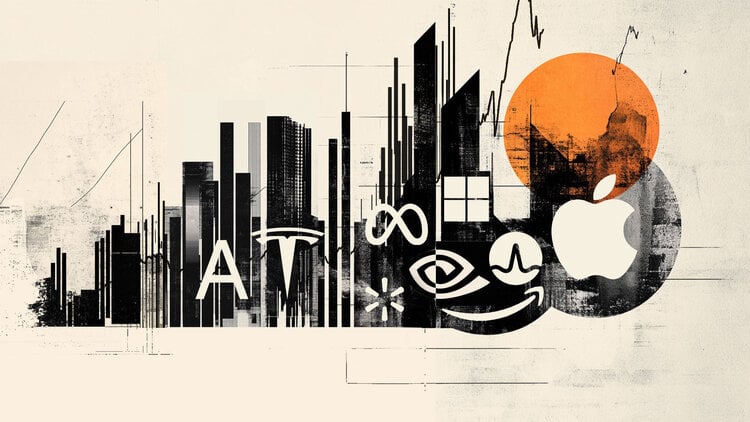You may have already heard about the Burnout syndrome a term that has gained strength in recent years and has come to be recognized as “occupational disease” for the World Health Organization (WHO) in 2022. Now, in contrast to the concept, the idea of Burn On Syndrome began to gain strength.
The term Burn On was created by the Germans Timo Schiele psychiatrist, and Dr. Bert te Wildt , psychotherapist, authors of a book on the subject. The material is currently only available in German as “Burn On: Immer kurz vorm Burn Out: Das unerkannte Leiden und was dagegen hilft” (“Burn On: Always on the brink of Burn Out: Unrecognized suffering and what helps against it”, in free translation).
While the condition of Burnout is characterized by unmanaged and excessive stress in the workplace, Burn On follows the same line, but, according to the authors, the main difference is that it is a disease chronic.
Burnout x Burn On
As Bert te Wild told the portal South China Morning Post, of Hong Kong, Burn-On can be classified as a “masked depression”.
“We thought it would be constructive to describe chronic depressive exhaustion and put it under a different term to categorize patients more accurately,” said te Wildt about differentiating the term Burnout.
According to the author, while patients with Burnout need to take sick leave from work, those with Burn On continue working. “Patients are always on the verge of a breakdown, but they carry on and cultivate, behind a smile, a different kind of exhaustion and depression,” he explained.
While Burnout is more “evident”, Burn On would be a condition accompanied by significant suffering that tends to remain hidden, and causes the person to continue working normally, sometimes without medical symptoms, but compromises their personal life, without even being able to find pleasure outside of the work environment.
“Many of those affected do not see the link between their symptoms and their love of work,” te Wildt emphasized. “It can take years before they realize something is wrong.”
What are the symptoms of Burn On
On an emotional level, depression prevails over a person with Burn On. Those affected are also cognitively confined to their work and leave their private life aside. According to the book's authors, those who have the condition also express feelings of shame and guilt, although they are always available to help other people.
“Despite their immense achievements, they suffer from the feeling of never doing enough”, pointed out te Wildt to the vehicle. Inner emptiness, despair, lack of joy and a sense of meaninglessness prevails. The body is in a constant state of stress.
What causes Burn On?
According to the authors, Burn-On can be more strongly observed in places that require a lot of working time, such as working overtime. “After a certain amount of work and self-alienation, no work is good,” says te Wildt.
Signs of Burn On can also be common in people who do not have a fixed work schedule and “take care” of other people, such as nursing and medicine. “They are often responsible for other people,” te Wildt explained.
Burn-On Treatment
According to professionals, change needs to come from the perception of the affected person. According to Wildt, it is important that they stop looking for how they can be functional for places and, rather, how they can emotionally identify with them.
“I like to use the term 'sanctuaries' – that you create sanctuaries for yourself that are outside the limits of your way of working”, said the psychotherapist.
He also highlighted the importance of setting limits. “You need to ask yourself what you are prepared to give, do, and what clearly exceeds your limitations, and then draw the line.”
Finally, the professional indicated the search for psychological help, which will be responsible for helping to put all the guidelines into practice.
Burnout Syndrome: find out the symptoms and how to treat the condition
Source: CNN Brasil
I am an experienced journalist and writer with a career in the news industry. My focus is on covering Top News stories for World Stock Market, where I provide comprehensive analysis and commentary on markets around the world. I have expertise in writing both long-form articles and shorter pieces that deliver timely, relevant updates to readers.







